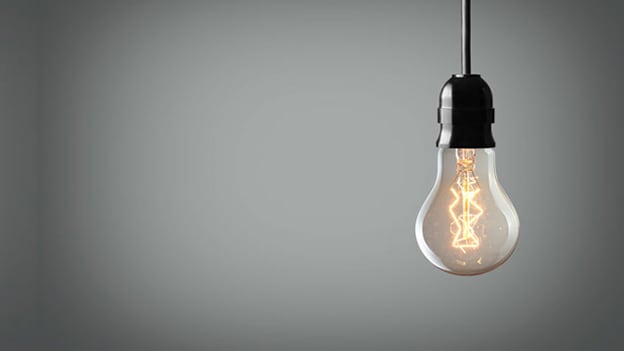Dimly-lit offices hamper memory & learning: Research

Stop reading this and take a look around yourself. How is the lighting in your room? Dim? Bright? Artificial? Natural? If you haven’t been paying attention to the kind of lighting you work under, buckle up and take note.
Researchers from Michigan State University have found that dim lighting can negatively impact learning and memory performance, and affect people’s ability to remember and learn. The research, published in the peer-reviewed scientific journal ‘Hippocampus,’ could provide crucial information on how lighting at homes and offices must be maintained.
What is the research?
Researchers Joel E. Soler, Alfred J. Robinson, Antonio A. Nunez and Lily Yan undertook the research titled, ‘Light modulates hippocampal function and spatial learning in a diurnal rodent species: A study using male Nile grass rat (Arvicanthis niloticus)’ to study the impact of lighting on memory performance. Rats were exposed to either bright or dim light, and the dim lighting was controlled to mimic that of cloudy days of winter or typical indoor lighting.
What did the researchers find?
After four weeks of exposure to different intensities of lighting, the subjects in dim light witnessed reduced learning and memory functions due to reductions in brain-derived neurotrophic factor; a chemical called peptide, which ensures healthy brain connections and functions. These chemicals allow for neurons to interact with each other, and maintain healthy functioning. Rodents who were in the dim lighting group witnessed a loss of nearly 30% of their capacity of the hippocampus (a small organ in the brain that regulates emotion, long-term memory, and spatial navigation), and on the other hand, those who were in the bright light group displayed improvement on spatial tasks.
Additionally, recovery from the effects of the dim light was visible in brain capacity and performance, when the rats in the dim lighting group were further given four weeks of bright light.
Why are the results of importance?
Scientifically, the study is amongst the first to show that modulating environmental light leads to structural changes in the brain. But, the applications of results are far-reaching. Working and living in poorly lit homes and offices can hamper our ability to learn, remember and therefore, be efficient and productive. It is important to note that the ‘dim light’ in the experiment replicated the normal indoor artificial lighting, which constitutes about 90% of the exposure that the modern worker of today has to the lighting of any kind, according to the estimates of the study. The authors write, “The results illustrate that not only does light intensity affect cognitive performance, but that it also impacts hippocampal structural plasticity.”
In this context, the findings assume significant importance in the design, layout, and structure of our workplaces. While the movement towards naturally-lit offices has gained momentum in the last few years, this study proves that it is imperative to design offices and workspaces in a manner which exposes workers to maximum natural and bright light.
Bottom-Line
While cash-strapped start-ups operating from basements and industry-specific offices like that of storage and warehouse might not find it prudent to replace walls with glass panes, organizations, where a majority of the work is done on the desk, should consider tweaking their design to allow for more natural light to fill their offices. Better lighting is likely to elevate the general mood and further, allow for employees to be a better version of themselves. What is the risk of dimly lit offices, you ask? Joel Soler, the lead author of the new study, sums up: 'In other words, dim lights are producing dimwits.'
You can view the research here.
------------------------------------------------------------------------------------
Sources:










